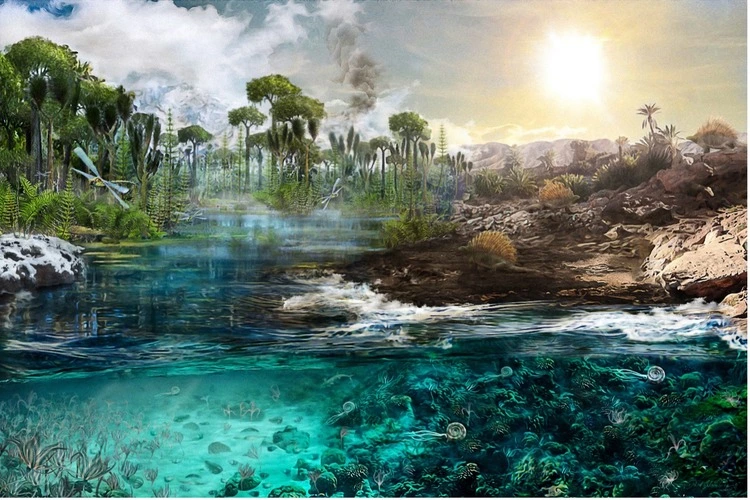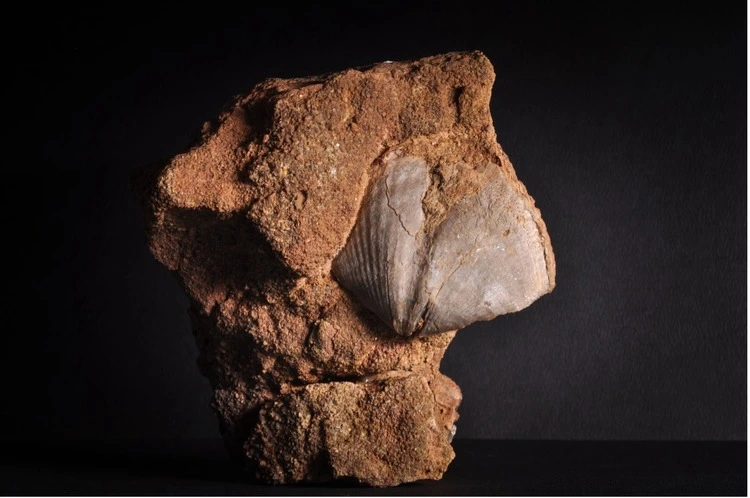
New understanding sheds light on the central role CO2 has had in Earth’s geological cooling and warming across time
By
New research conducted by the University of St Andrews has shown the vital role CO2 has played in the Earth’s warming and cooling across time.
For the first time, scientists can say with certainty that for hundreds of millions of years, CO2 has regulated the climate and environmental conditions on Earth, playing a pivotal role as the planet moves in and out of ice ages.
Enjoying this article? Check out our related reads:
Scientists are already familiar with how carbon dioxide has impacted the Earth’s climate in recent times – it is well understood that in the context of our current climate, when atmospheric CO2 levels increase, the climate warms.
However, understanding the role of the gas in the geological past has been no easy feat, and is what has been previously coined a secret ‘locked in rocks’ – until now.
A team of researchers were able to reconstruct exactly how CO2 levels changed during the Carboniferous and Permian periods – between 335 to 265 million years ago – a time known as the Late Palaeozoic Ice Age, when Earth’s climate cooled dramatically.

Chemical fingerprints stored in ancient, clam-like organisms known as fossil brachiopod shells – some of the oldest animals on Earth, which still exist today – were analysed by scientists.
Preserved across all time periods of the fossil record, these organisms are an invaluable source to spotting clues as to how the Earth’s climate and environment has changed. From them, scientists were able to accurately deduce the levels of CO2 in the Earth’s atmosphere in the past, and its fluctuations. The results offered fascinating new insights into the past of the Earth’s climate: ‘This showed that the Late Palaeozoic Ice Age had prolonged low CO2 levels, unprecedented in Earth’s history,’ said lead author of the study Dr Jurikova.
‘Atmospheric CO2 then rose abruptly, 294 million years ago, due to large-scale volcanic eruptions, warming the planet and melting back the ice. The end of the Late Palaeozoic Ice Age was a turning point in the evolution of life and the environment, leading to the rise of reptiles. Now we know it was paced by carbon dioxide.’
The new research shows how CO2, along with the Earth’s climate, evolved on long geological time scales, as well as demonstrating just how important CO2 can be in transitioning the Earth’s climate from one state to the next.
‘This time interval gives a potential geological analogue for the impact of CO2 on our planet,’ said co-author of the study Dr James Rae. ‘CO2 emissions in the past caused major global warming and sea level rise, and if left unchecked, will do so again in future.’




